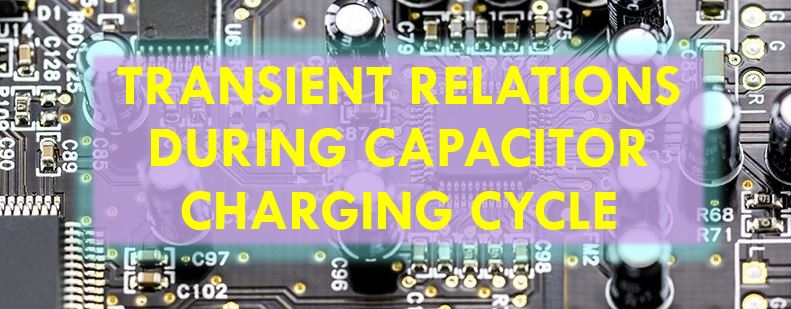Energy Stored in a Capacitor
Charging of a capacitor always involves some expenditure of energy by the charging agency. This energy is stored up in the electrostatic field set up in the dielectric medium. On discharging the capacitor, the field collapses and the stored energy is released. To begin with, when the capacitor is uncharged, little work is done in transferring charge from one plate to another. But further instalments of charge have to be carried against the repulsive force due to the charge already collected on the capacitor plates. Let us find the energy spent in charging a capacitor of capacitance C to a voltage V.
Suppose at any stage of charging, the potential difference across the plates is v. By definition, it is equal to the work done in shifting one coulomb from one plate to another. If ‘dq’ is charge next transferred, the work done is
dW = v.dq
Now q = Cv ∴ dq = C.dv ∴ dW = Cv.dv
Total work done in giving V units of potential is

AdBlock-2

If C is in farads and V is in volts, then

If Q is in coulombs and C is in farads, the energy stored is given in joules.
Read article – capacitance
Visit NCERTplanet.com for NCERT solutions and Textbook downloads




